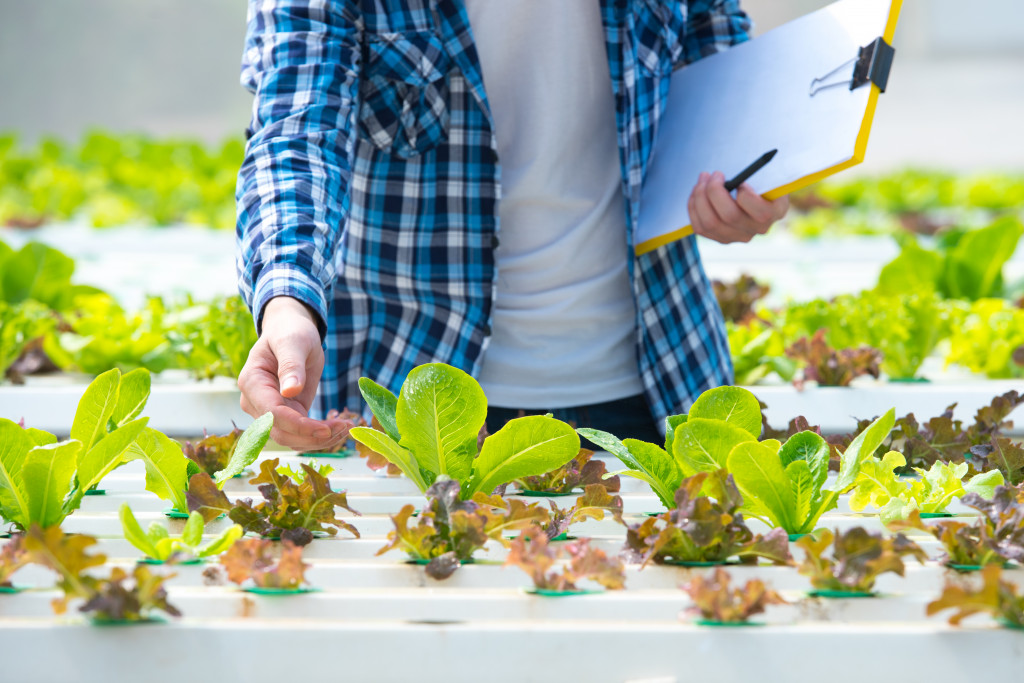The pandemic brought about many challenges. Aside from the fear of catching COVID-19, economies around the world shrunk as countries locked down in an attempt to curb the spread of the virus. Millions of people in the United States lost their jobs in 2020.
The sudden closure of international borders also led to shortages in food and supplies. As the public prepared to hunker down indefinitely, store shelves were emptied. It became difficult to acquire necessities, including beef and pork.
The problem of financial insecurity and food shortages led people to develop their own sources of food. Throughout the past year, across the nation, community gardens started to become popular.
Community Gardens Flourish During the Pandemic
Of course, community gardens have existed before the pandemic. However, demand really ramped up because of COVID-19. For some people, it was an opportunity to go outside of their house every once in a while despite closures of businesses. For others, it was a source of fresh produce on the table.
In some places, the waiting list grew longer and longer.
Household food insecurity was a common hardship for American households during the pandemic. Feeding America, a hunger-relief organization, estimated that more than 54 million people across the country experienced food insecurity because of the economic crisis. Of that number, around 18 million were children.
Joining a community garden, where people can grow their choice of fruits and vegetables, alleviated hunger for some families.
More than just a source of food, community gardens also brought people together. It increases positive social interactions. Members provide and gain social connectedness and support from like-minded people. At a time when social distancing is prescribed to decrease the rate of infection, the feeling of belongingness was very much needed.
A community garden was safer. The interactions were often at a distance. Because it is outdoors, the risk of catching the virus was also lower.
In addition, gardening is an activity that alleviates stress and reduces anxiety. COVID-19, and everything that happened after, led to mental health disorders. More people experienced symptoms of depression in the past year because of the pandemic.
Beyond COVID-19
Now that the pandemic seems to be tapering out thanks to a successful mass vaccination campaign, there is still space for community gardens.
People should continue maintaining plots at the community garden post-pandemic because it still has a lot to offer. For one, it promotes healthy eating. It also is considered a physical activity that keeps your muscles strong and your joints nimble.
Moreover, the feeling of the community would improve your overall happiness and well-being.
Maintaining Your Community Garden Plot

If you are a beginner, do not be afraid to start easy. Plant first crops that are forgiving of mistakes. Usually, herbs like parsley and leafy greens such as kale are foolproof. After you have gained confidence and know how to care for plants, you can experiment with more challenging crops. However, it is important to remember to plant crops that grow taller, nor wider. You do not want your crops to take up too much space and prevent others from growing their own produce.
In addition, protect yourself and your crops from pests. Dress appropriately to prevent being bitten by bugs, especially mosquitoes. The U.S. is seeing more Asian tiger mosquitoes across multiple states. If you see one, bring it up to other members of the community and discuss the possibility of setting up effective Asian tiger mosquito traps. These insects can bring diseases such as dengue and Chikungunya. Your plants may also become vulnerable to pests. Use non-toxic pesticides to keep your plants healthy. Consider using a homemade concoction made of neem oil or chili pepper.
Most importantly, be a good neighbor. Do not forget the “community” part of the community garden. Although you have your own plot, whatever happens to it might be carried over to your neighbor’s plot, affecting their crops. You are not only maintaining your crops, your actions (or non-actions) impact other members of the community garden. Work together with other members to make the community garden thrive.
And, when you think you can no longer maintain a garden, give up your space for someone else who has the time and interest in plants and care for their crops.
Every town, every neighborhood should have a community garden because it creates a green space that transforms the area and the people who live in it. They become healthier, happier, and, most importantly, self-sufficient. In the future, when another crisis occurs, a community garden will again be a source of food or income, comfort, and social support.


